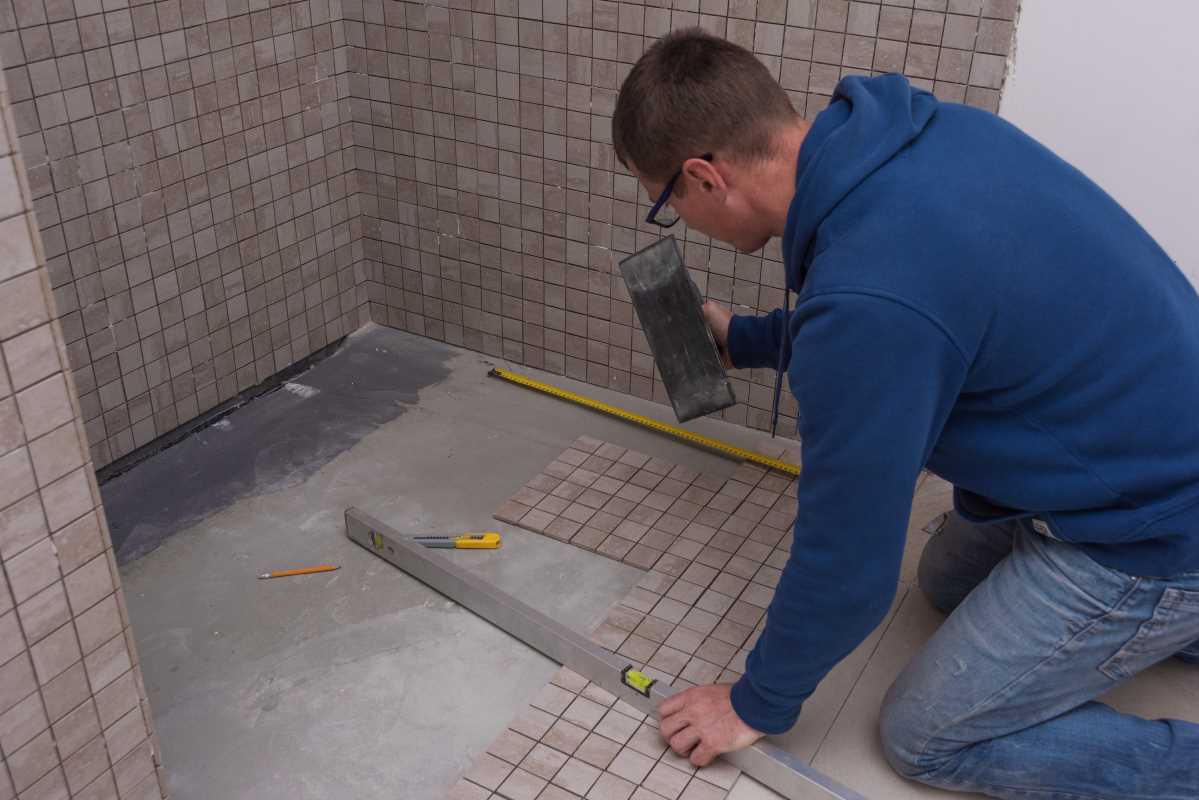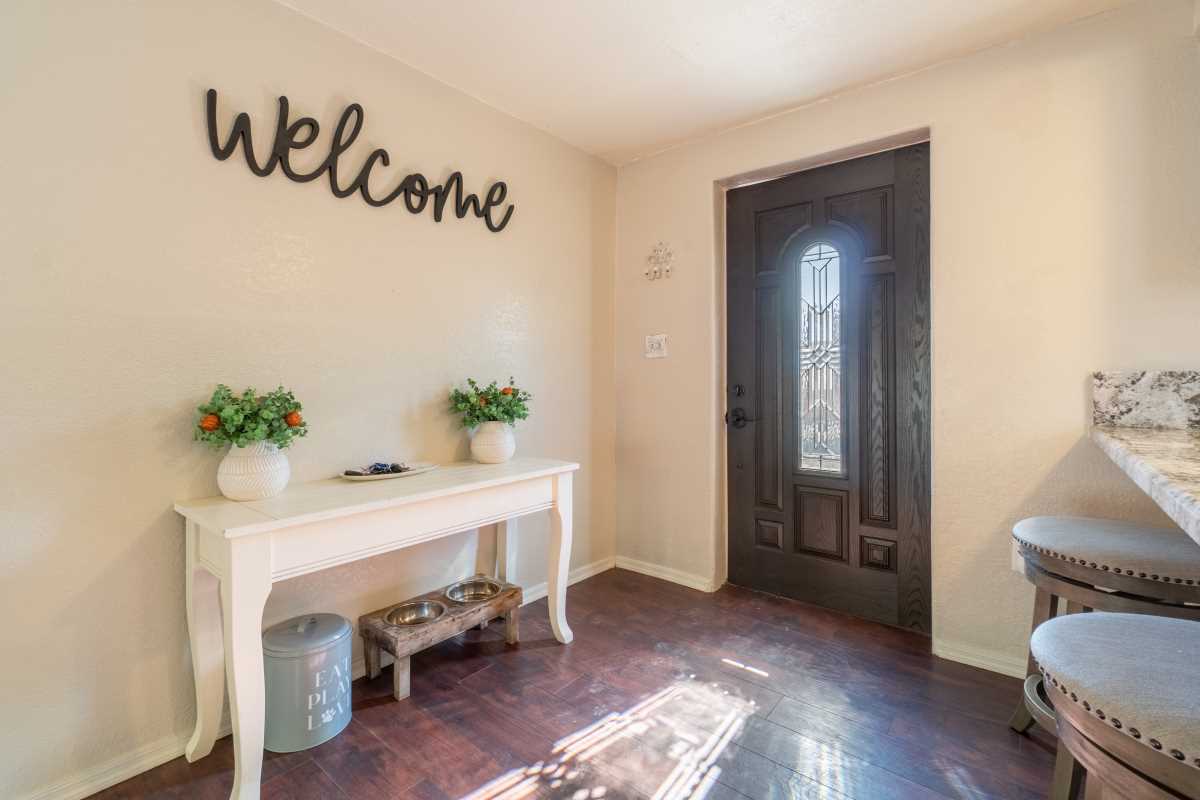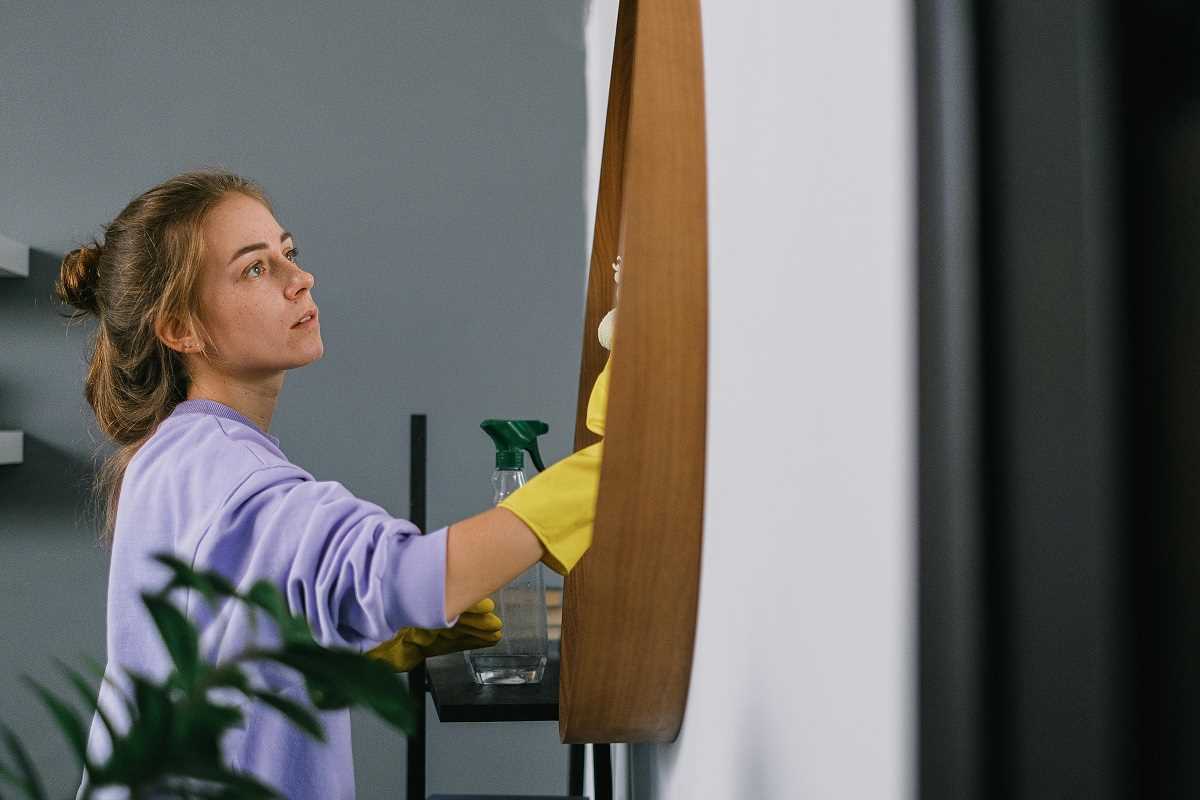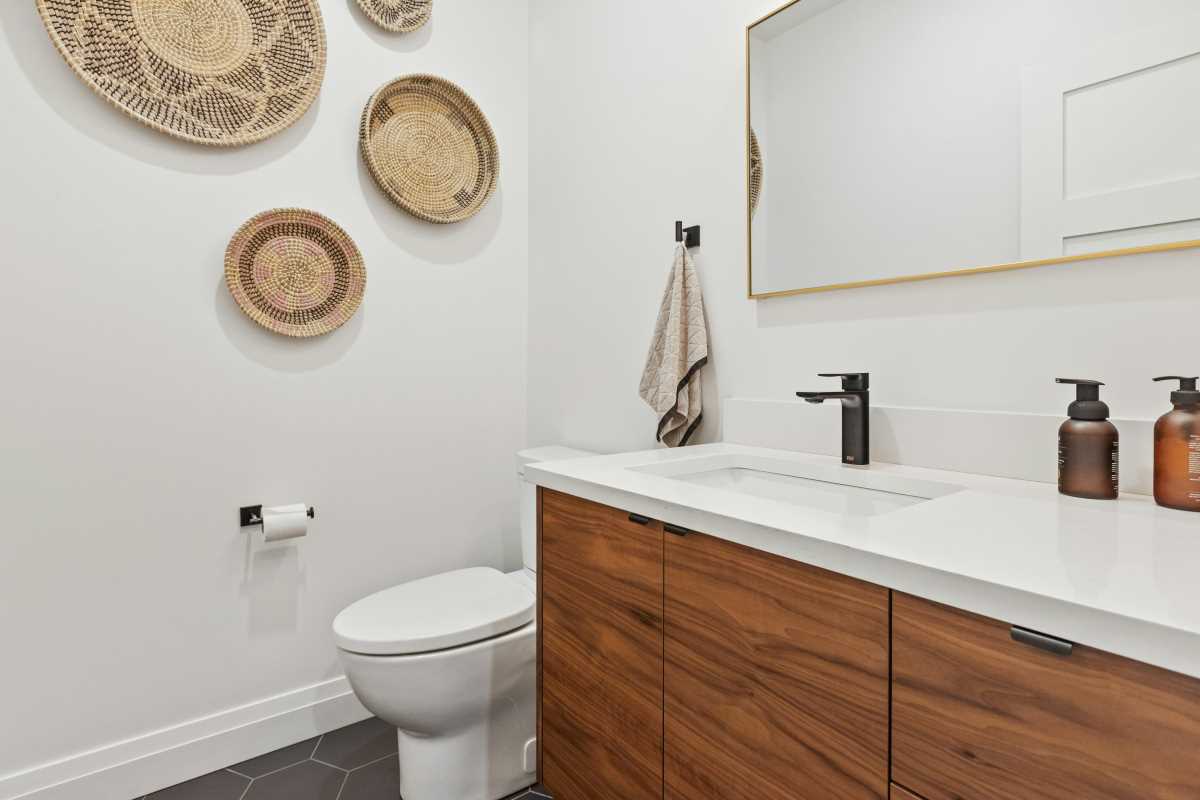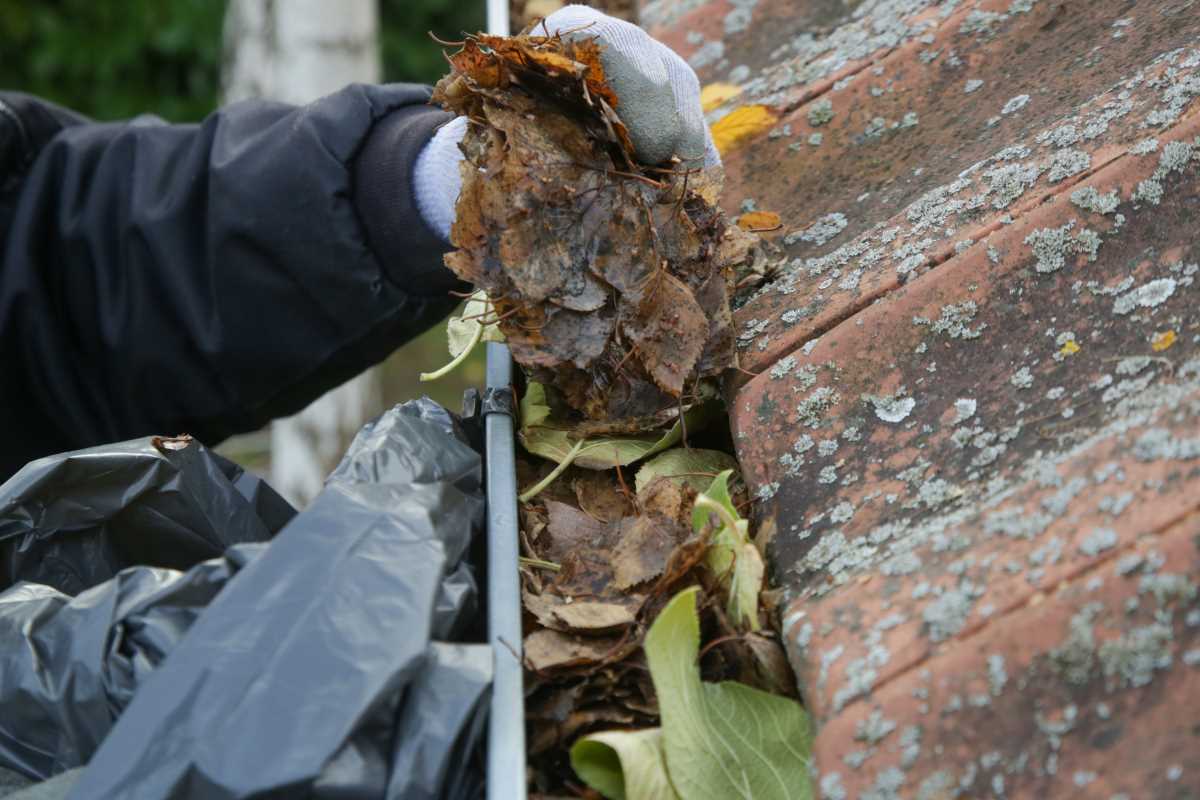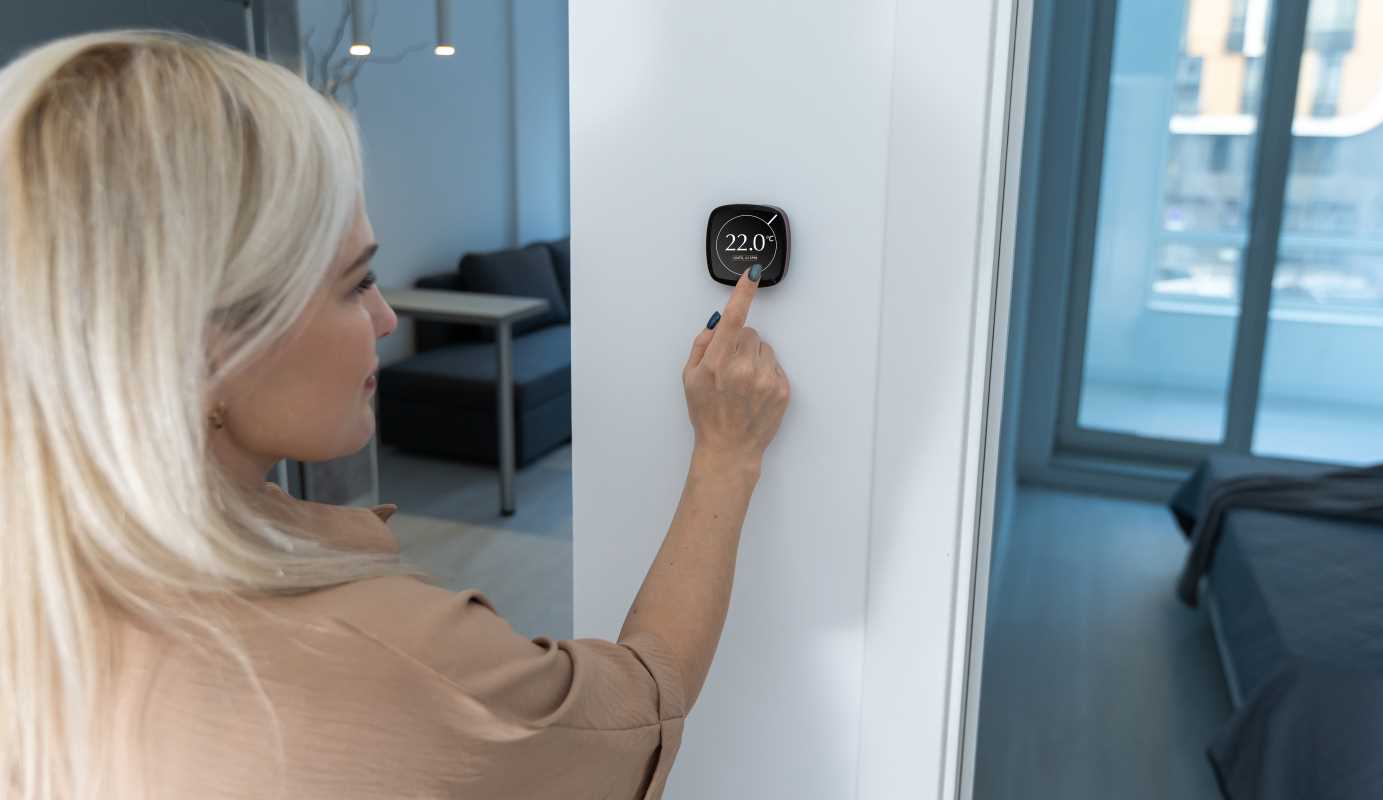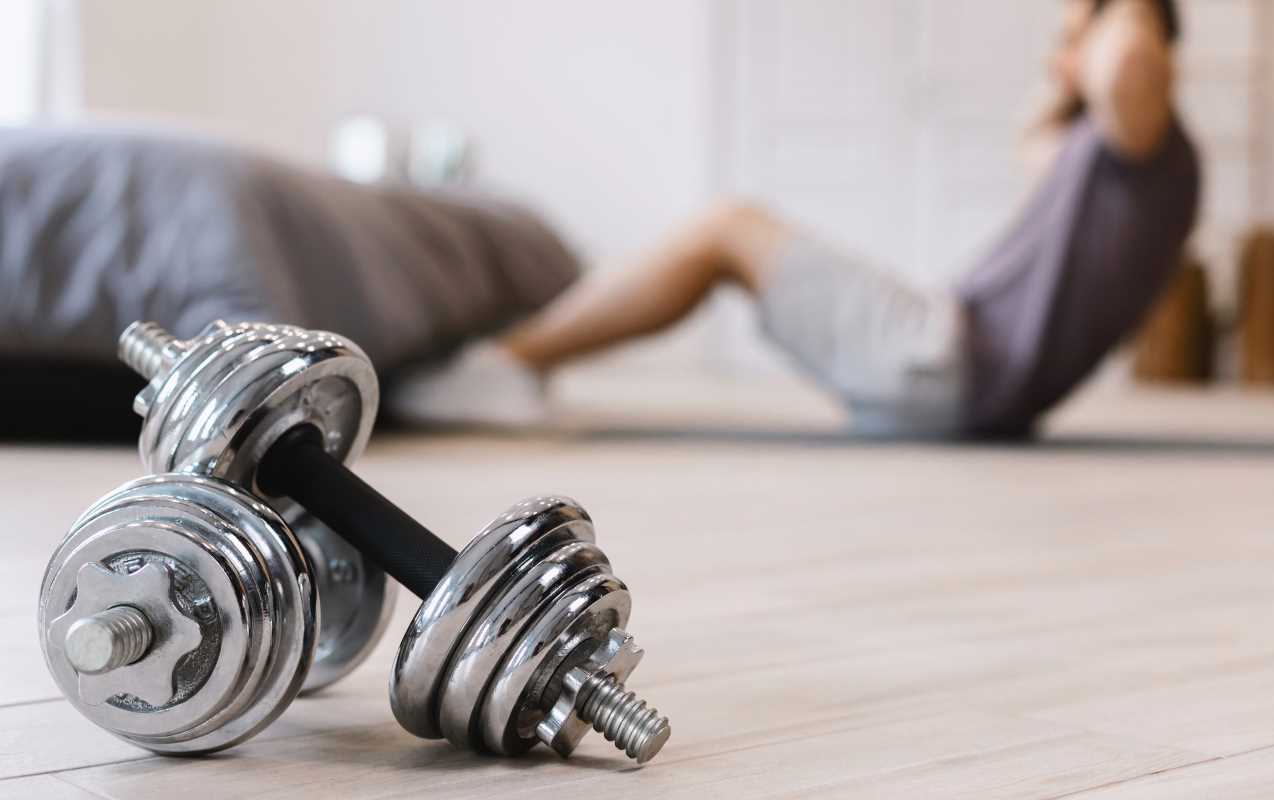Starting your own vegetable garden can sound intimidating, especially if you’ve never grown anything before. But here’s the good news: it’s easier than you think. Gardening is one of the most rewarding hobbies. Not only do you get fresh, healthy fruits and veggies, but you also get to enjoy some time outdoors and experience the joy of nurturing something from a tiny seed into a full-grown plant. The secret to starting strong? Having the right tools. Just like a chef needs the right kitchen utensils, a gardener needs specific tools to make the job easier and more fun. If you're new to this, don’t worry. We’re going to break it down for you and cover all the beginner-friendly tools you’ll need to start your veggie garden successfully!
A Good Pair of Gardening Gloves
Before you even stick your hands in the dirt, grab a good pair of gardening gloves. They might seem optional, but trust us that it’s not only do they keep your hands clean, but they also protect you from blisters, thorns, or sharp sticks.
Features to Look For:
- Durable material, such as leather or reinforced fabric, to resist wear and tear.
- Flexible fit that allows for easy finger movement.
- Water resistance to keep your hands dry while working in damp soil.
Trowel (Small Hand Shovel)
A trowel is like a mini shovel that fits in your hand. It’s your best friend for digging holes to plant seeds or seedlings. With a trowel, you can also scoop soil and move it around without making a big mess.
Features to Look For:
- Sturdy metal blade, such as stainless steel, to prevent bending or rusting.
- Ergonomic handle, preferably rubber or wooden, for a comfortable grip.
- Engraved depth measurements on the blade for accurate planting.
Garden Fork or Hand Rake
A garden fork is used for loosening hard, compacted soil or mixing in fertilizer or compost. Think of it as a tool that helps you prepare your soil for planting. A hand rake is perfect for clearing out small roots or weeds.
Features to Look For:
- Strong prongs made from durable metal for tough soil or clay.
- Lightweight handle for easier maneuvering and reduced effort.
- Compact size for precision in smaller garden spaces.
Watering Can or Hose with Adjustable Nozzle
Every plant needs water, and one of the easiest ways to deliver it gently is with a watering can or a hose. If you have a small garden or a patio garden, a watering can is perfect.
Features to Look For:
- A long spout for precise watering at the plant base.
- Lightweight design for easy carrying when full.
- Adjustable spray nozzle (for hoses) to control flow intensity.
Pruning Shears (Handheld Clippers)
Pruning shears are lifesavers for trimming dead leaves and harvesting veggies. They make clean cuts, which is healthier for your plants than tugging or pulling.
Features to Look For:
- Sharp, rust-resistant blades for clean and precise cuts.
- Spring-loaded mechanism for easier cutting with less effort.
- Safety lock for safe storage when not in use.
Seed Starter Trays or Pots
Growing vegetables from seeds can feel like a lot to start with, but it’s actually pretty easy. Seed starter trays help by giving you a structured space to care for your baby plants before moving them to your garden. The biggest thing here is to keep the seeds moist.
Features to Look For:
- Sturdy material that can be reused multiple times.
- Drainage holes to prevent waterlogging.
- Transparent lids for humidity control.
Garden Soil and Compost
This isn’t technically a “tool,” but the soil you use is just as important as the tools you wield if not more important. A good soil mix gives your plants the nutrients they need to thrive.
Features to Look For:
- Labeled as “vegetable-friendly” or “organic.”
- Loose texture for easy root growth.
- Pre-mixed compost for added nutrients and moisture retention.
- Soil with aerated material like perlite pre-mixed.
Plant Markers
If you’re planting more than one type of vegetable, plant markers keep things organized. This is especially handy when your plants haven’t sprouted yet and all you see is soil. This seems like an easy thing to look over, but when plants start coming in, they all look very similar. You’ll want to know where your tomatoes are versus your cucumbers.
Features to Look For:
- Weatherproof materials to withstand rain and sun (like plastic or metal).
- Easy-to-write-on surfaces for labeling.
- Bright colors or unique designs to make them stand out.
Gardening Kneeling Pad or Seat
Ever tried kneeling in the dirt for 15 minutes straight? A kneeling pad or gardening seat keeps your knees comfortable and clean while you work.
Features to Look For:
- Thick cushioning to protect your knees from hard ground.
- Waterproof surface for easy cleaning.
- Folding or adjustable designs for easy storage and versatility.
Types of Vegetable Gardens
When starting your vegetable garden, it’s important to decide on the type of setup that best fits your space, time, and needs. Here’s an overview of three popular gardening styles for beginners:
Patio Gardening
If you don’t have a yard, you can still grow veggies on a patio, balcony, or even windowsill.
- Use containers such as pots, grow bags, or even recycled buckets for planting.
- Choose compact vegetable varieties like cherry tomatoes, lettuce, and herbs.
- Arrange your plants so they get at least 6–8 hours of sunlight daily.
Patio gardens are perfect for small spaces and are easy to maintain. Bonus? You can move plants around as needed.
Raised Garden Beds
If you have a yard but poor soil quality, raised beds are an excellent option.
- Build or buy frames to create a bed that sits above the ground.
- Fill the beds with a high-quality raised bed soil mix for healthy growth.
- Keep the bed size manageable (about 4-foot long by 2-foot wide) so you can reach all areas easily.
Raised garden beds offer great drainage and keep weeds under control. Plus, they’re easier on your back since you don’t have to bend as much.
In-Ground Gardening
If you have plenty of yard space with good soil, an in-ground garden might be your best bet.
- Mark out a sunny area and till the soil to loosen it up.
- Remove weeds and, if needed, mix in compost to enrich the ground.
- Plant directly into the earth and maintain consistent watering.
This method is natural and cost-effective for larger vegetable gardens, though it does require more effort when it comes to digging and preparing the soil.
Each of these styles has its perks, so choose the one that fits your lifestyle and the space you’re working with. Regardless of which you pick, the tools listed above will help make your garden thrive!
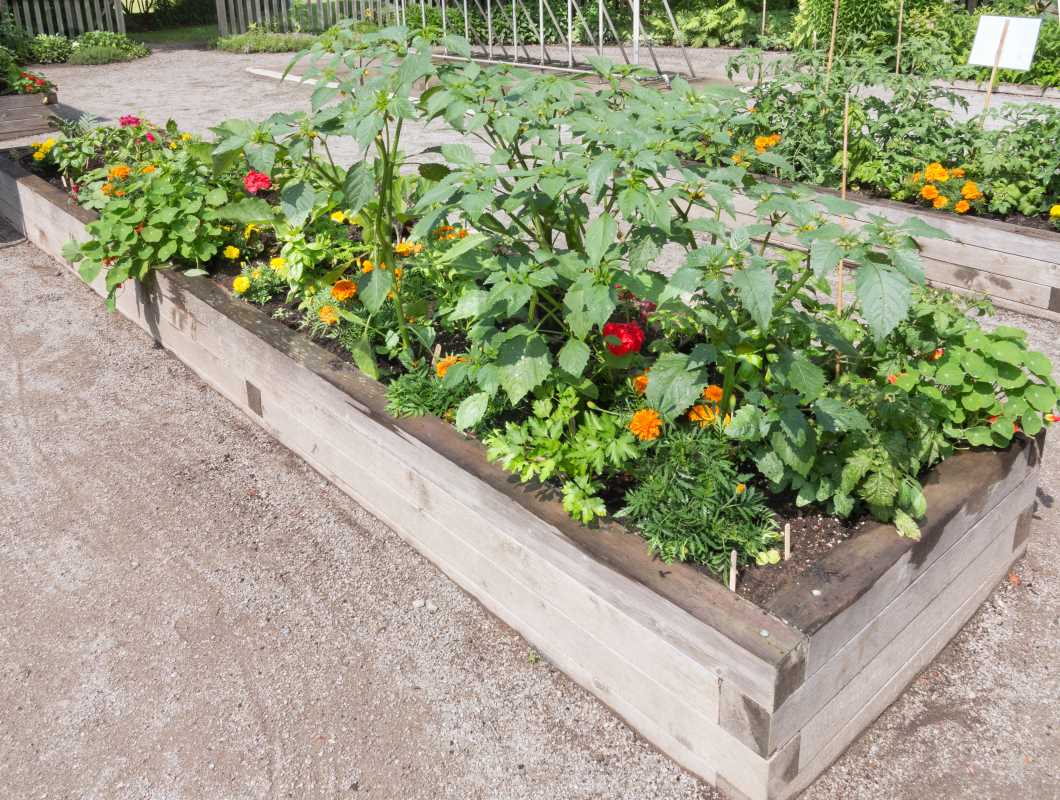 (Image via
(Image via